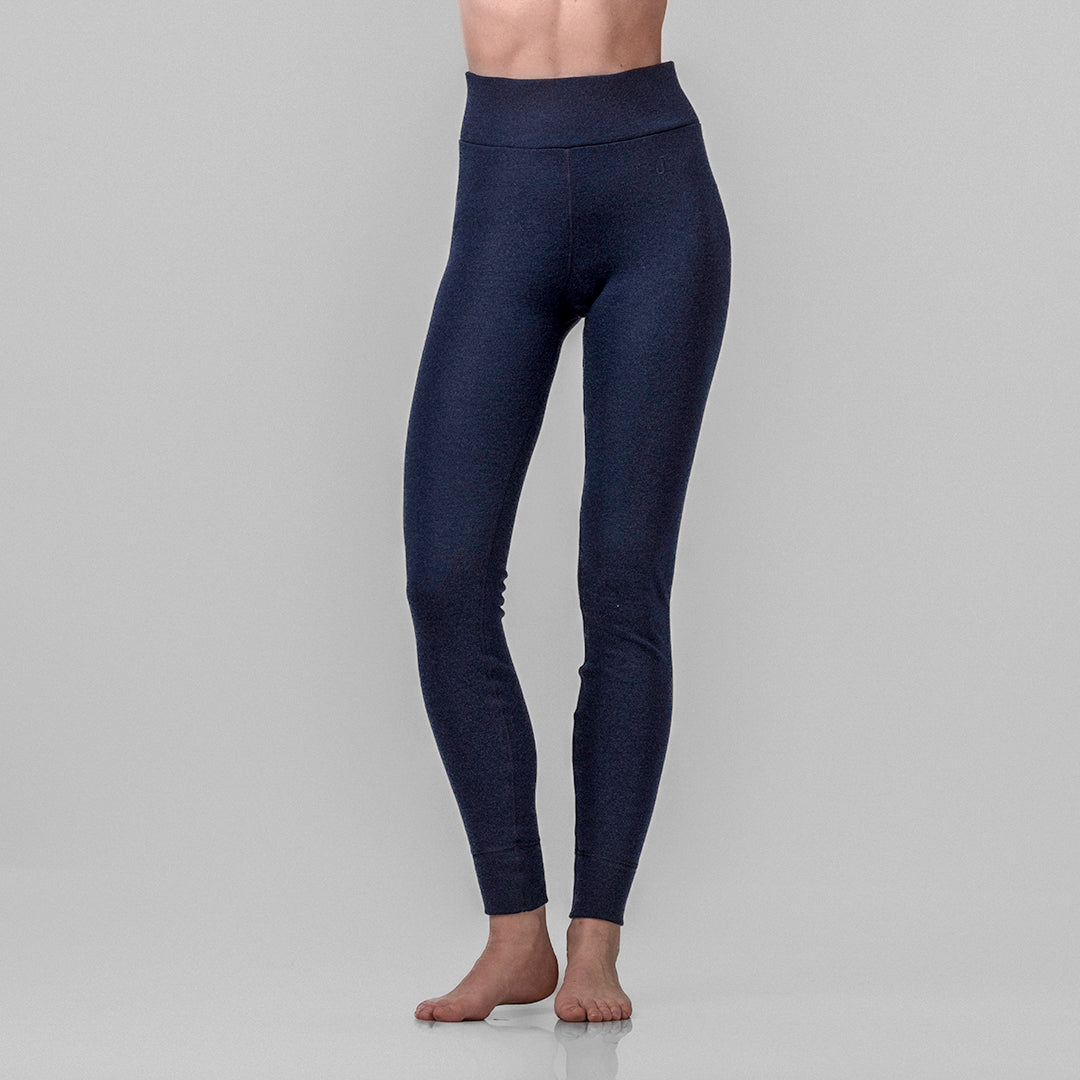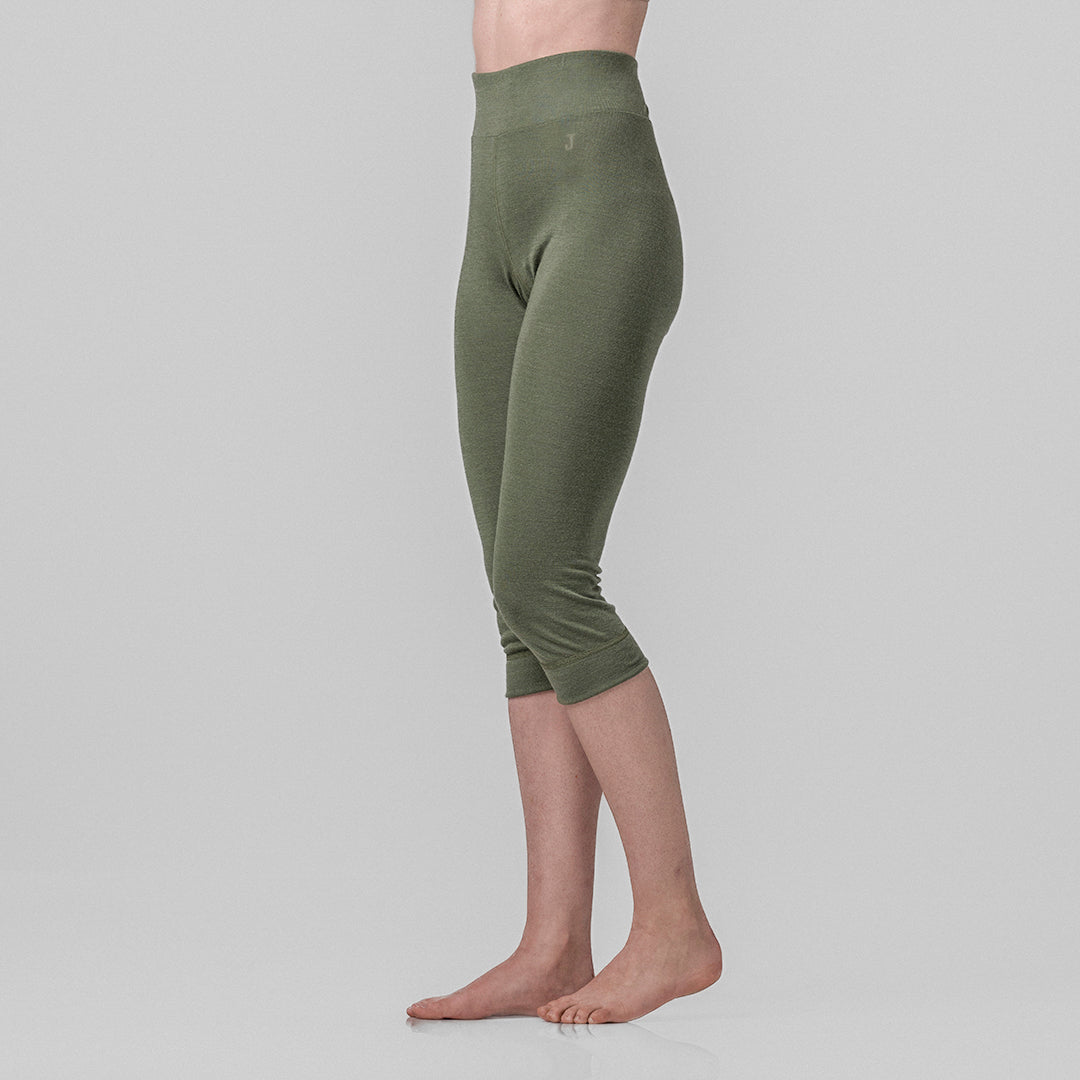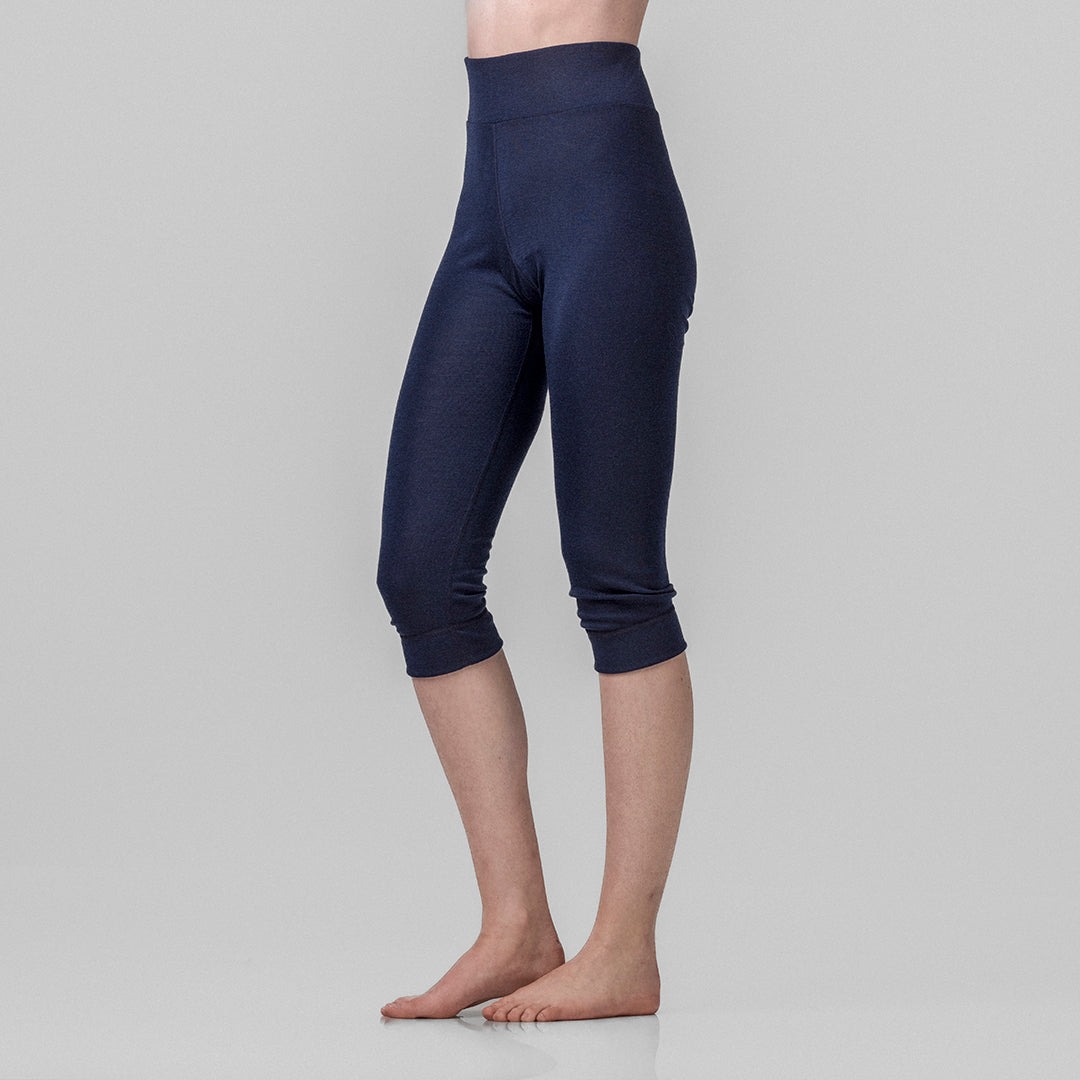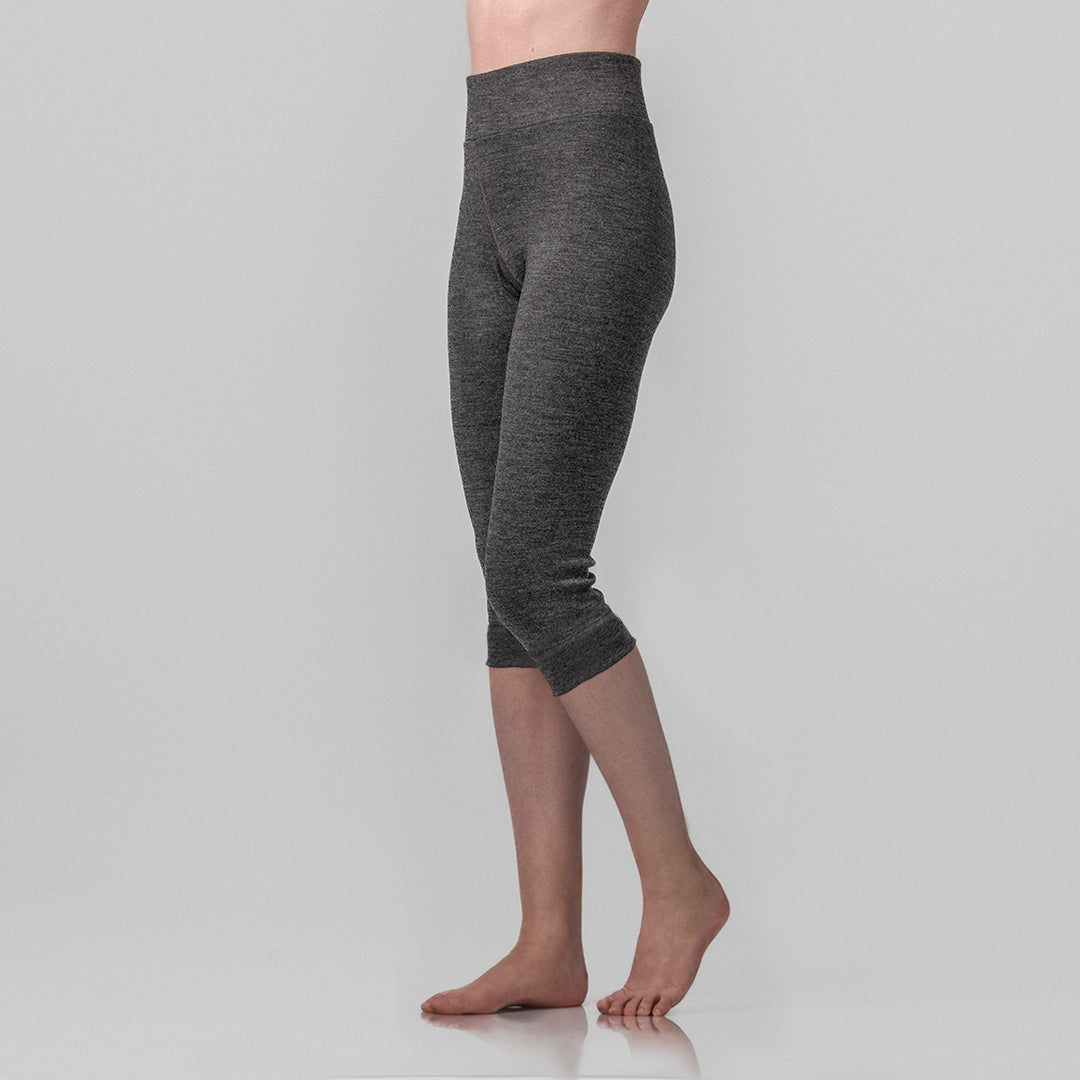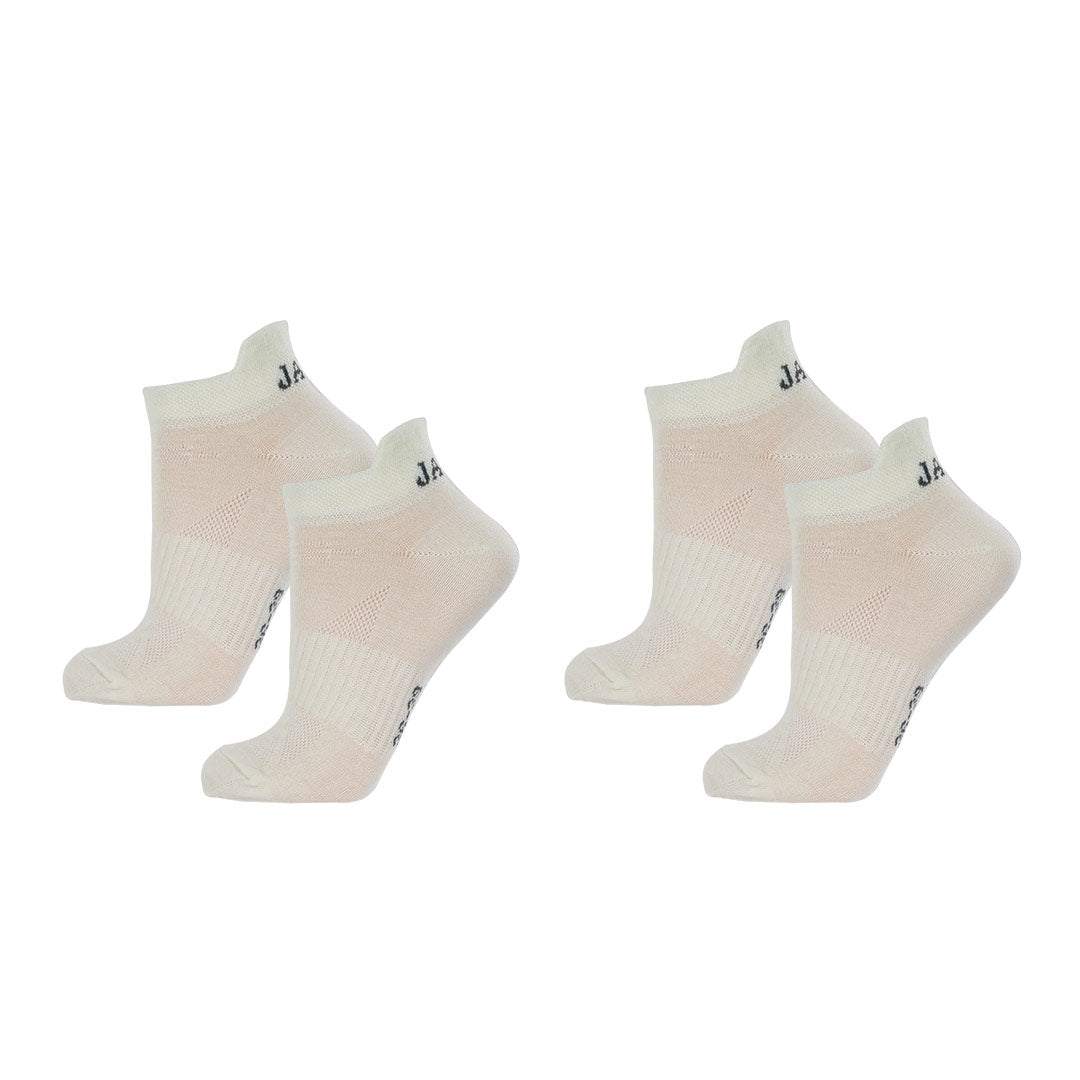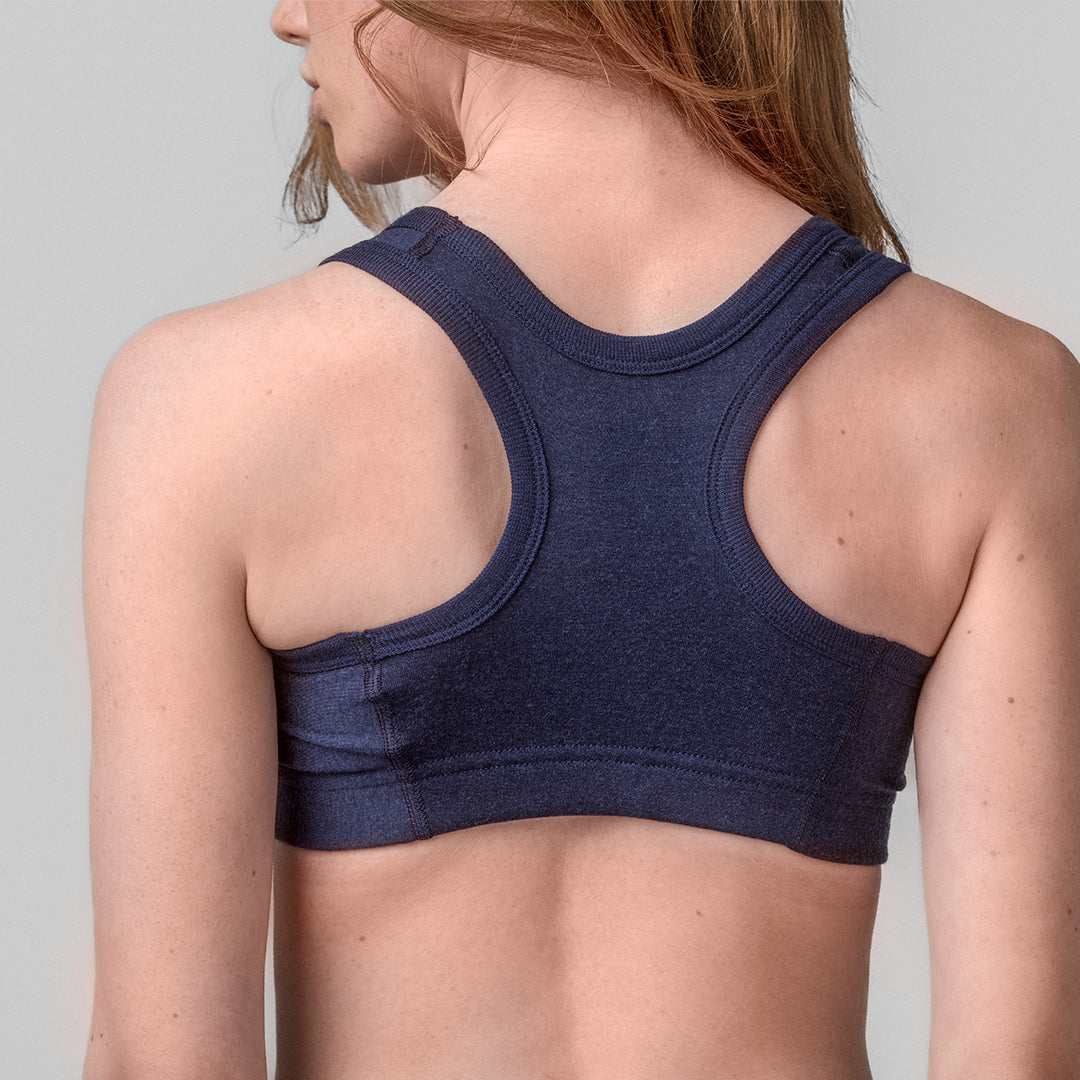Hedvig gives you her best tips for a better trip.
1: The layer-on-layer principle
Bring clothes that you can put on or take off as needed, such as moisture-wicking inner layers (wool), intermediate layers such as fleece or wool jumpers and shell clothing that protects against water, weather and wind.
Wool: Wool is a wonderful material for hiking. It keeps you warm even when wet, dries quickly, and smells less than synthetics after several days of use. Wool underwear, socks and mid-layers are particularly important. Janus is good at producing high-quality woolen products that are both warm and comfortable. See my wool favorites further down the page.
2: Good hiking boots
Make sure your footwear is comfortable and provides good support where you need it. The most important thing is that the shoes are broken in before a longer trip. On longer trips, the foot can often become a little swollen, so it may be wise to choose a larger shoe size than you usually do.
3: Food and Drink
Water: Always bring enough water for the trip, and check the map for any water sources along the way.
Food: Energy-rich foods such as nuts, energy bars, fruit and prepackaged foods are ideal. Bring enough to cover your needs during the trip. Remember to eat evenly and preferably before you are hungry to avoid overeating.
4: Survival gear
Necessary Equipment: A whistle, wind bag and multi-tool can be vital in emergency situations. Flashlight or headlamp: Remember extra batteries. Knife or multi-tool: Always useful to have with you.
Additional charging sources: Power bank to charge phone or other electronic equipment.





















